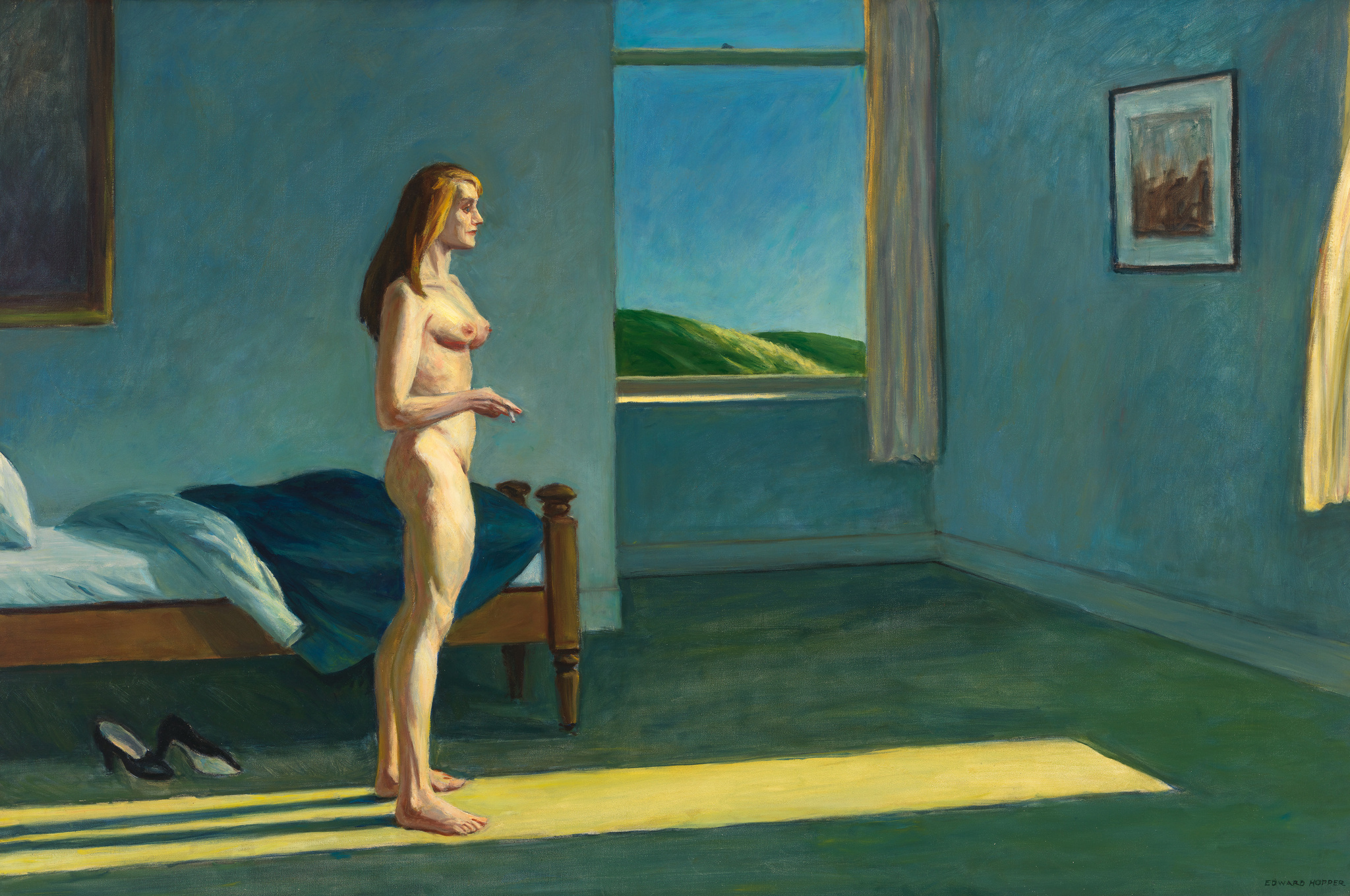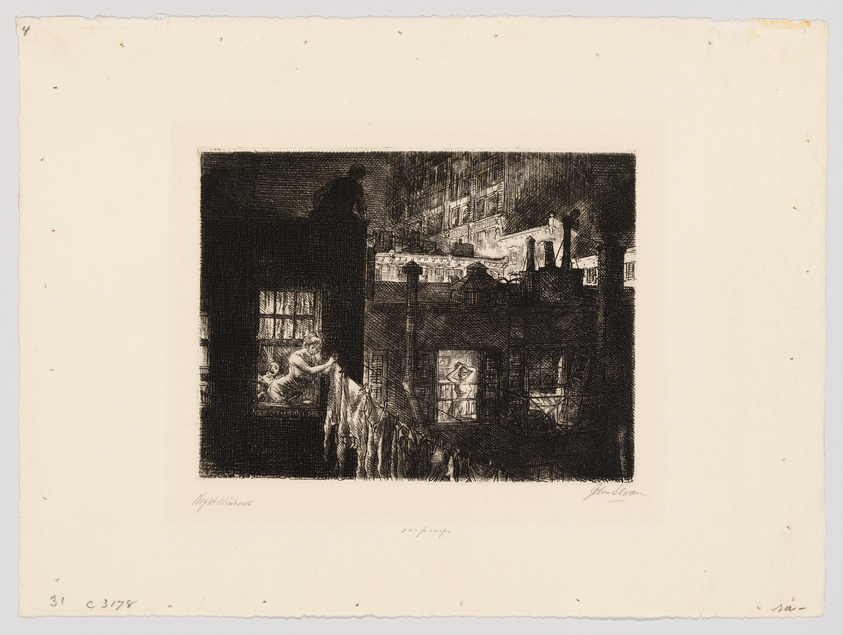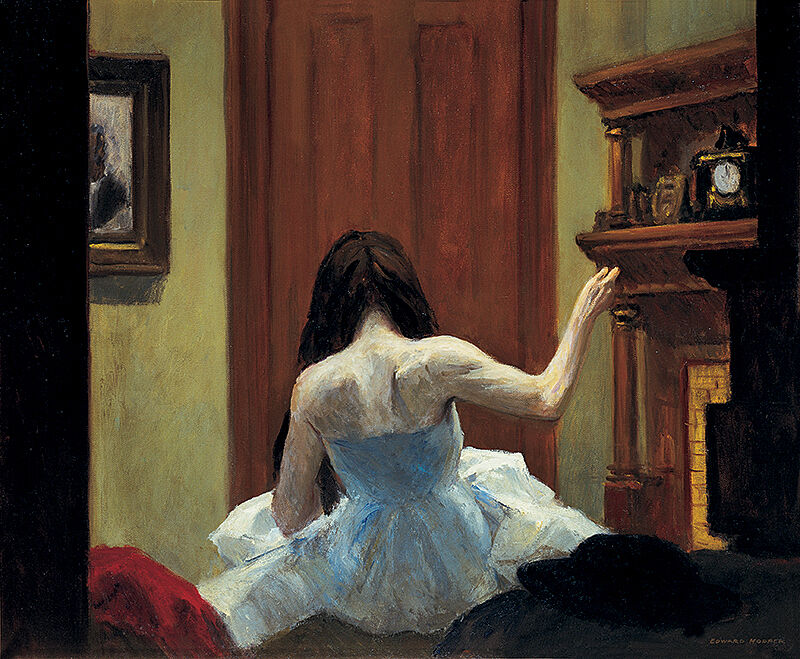Vlog: Modern Life: Edward Hopper and His Time
June 19, 2013
In this video blog (or, “vlog”), Whitney educator Andrew Fisher discusses artist the work of Edward Hopper in American Sign Language, focusing on selected works in the exhibition Modern Life: Edward Hopper and His Time.
Modern Life: Edward Hopper and His Time
This exhibition is entitled "Modern Life: Edward Hopper and His Time." The focus is on the development of American realism from 1900-1940 by a variety of different artists, but Edward Hopper is the star of the show. He is America's most iconic realist painter of the 20th century. The inclusion of other artists in the exhibition shows that Edward Hopper did not always work alone, even though he was never affiliated with any specific group or movement. Hopper's work is famous for showing figures being observed, as if Hopper himself was a voyeur looking onto his time and the people around him. His work is really unique and original, so it can be hard to see how he was influenced by his peers and teachers, but let's take a look into their influence.
Hopper moved to New York City in 1900. He attended the Art Students League and studied under John Sloan, who was part of the group known as the Ashcan School. They believed that art should not be separate from real life, but a reflection of one's experiences.
This work here shows a woman sitting on a bed, half naked and exposed, about to turn off the light. This illustration is quite controversial because of what it suggests.
The painting here behind me is by Edward Hopper. It shows a woman in a similar position, sitting on the bed, half naked, exposed. The sense of voyeuristic reportage that became a hallmark of Hopper's future work can be seen here in Sloan's etching. What separates the two artists is Hopper's realistic use of light... but let's discuss that with another painting.
This work is entitled "Night Windows". It is really characteristic of Hopper, depicting an urban setting with a realistic use of light. It shows a woman standing alone in her apartment. Personally, I always associated Hopper's work with urbanization and isolation but now I realize his work is not necessarily a representation of personal isolation or loneliness. Perhaps his people are not lonely, just alone. They simply are, in the existential sense. With his skillful use of light, Hopper transforms scenes of everyday life into an epic statement about the human condition that continues to resonate with us even today. That's probably why his work feels so timeless and universal.
I am Andrew Fisher, thank you for watching.



